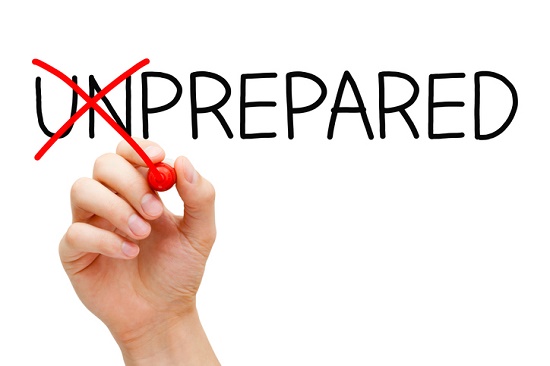
Prêt-à-Porter—a fancy French word that means “ready-to-wear”. It’s a word that simply does not apply to hearing aids. They don’t come out of the box ready to go. You need to work with your hearing care professional, from testing to fitting to adjustment to get your best hearing improvement. Use this step-by-step guide to have a good hearing aid experience.
Get Ready for your first appointment
The first step in the process is your hearing test. Your hearing care professional conducts an in-depth test, reviews your hearing results, and discusses whether or not hearing aids are a good idea for you. Make sure to compile a list of questions to bring with you to this appointment and ask your hearing care professional for answers. Here’s a starter question list for you:
- What type of hearing loss do I have? Is it mild, moderate, severe, or profound?
- Would hearing be helpful for me, and do I need them in both ears?
- Which hearing best fits my needs? How can I balance features with cost?
- Are there financing options that fit with my budget? (Insurance, installments, credit arrangements, state programs, etc.)
Attending your appointment
In the event that your test results come back normal, you may not really need hearing aids now, yet you’ll still have a baseline test to compare future hearing tests.
If the results indicate a level of hearing loss, and that you can benefit from hearing aids, your hearing care professional will review all of your options with you.
When selecting hearing aids, you’ll need to consider several things:
- Programmability – most hearing aids are digital and programmable, meaning they can be programmed to match your particular level of your hearing loss. Programmability is critical; if someone tries to sell you hearing aids right out of the box with no customizations, it probably won’t work the way you want it to.
- Style – hearing aids come in a wide variety of styles and sizes these days, from models that sit behind the ear to models that fit entirely within the ear canal. It’s important to discuss the balance of price, ease-of-use, functionality, and aesthetics in making your decision.
- Wireless connectivity – A lot of today’s hearing aid models give you extra features by connecting wirelessly to your smartphone. You can actually adjust the volume and settings, pipe phone calls directly into your hearing aids and even stream your favorite music, all without wires or separate hearing aid remote controls.
- Advanced features – several newer models of hearing aids have advanced features, like directional microphones to enhance speech, background noise reduction, environmental settings, and telecoils for better phone calls. Balance whether or not you actually need some of these features against what you can reasonably afford; some features may be cool, but you may not actually use them much.
We understand how confusing and exhaustive this process is, but your hearing care professional is there to help guide you through the entire process. Do not be fooled, however: if someone tries to push you into a decision without addressing your questions, find another hearing healthcare professional to assist you.
Once you’re home with your new hearing aids
Once you’ve selected your hearing aids and had them programmed by your hearing care professional, you’re ready to take them home with you. There are two important things to keep in mind:
First, it will take you awhile to get used to them; this is completely normal. You’ll likely be hearing sounds you haven’t heard in a while, and the overall sound will just seem “off.” This is perfectly normal and, after a few weeks, will subside.
Just start out small at home. Try watching a movie and paying particular attention to the dialogue, engage in one-on-one conversations in a quiet room, and try listening to music and picking out or following certain instruments.
Understand that your new hearing aids may not be terribly comfortable at first, and that this is normal too. Do try to wear your hearing aids for as much of each day as possible: put them in when you wake up and keep them in until you take them out just before going to bed. This will increase the speed of your adjustment process, and after a few weeks, this effort will pay off.
Keep in mind that your hearing aids can be adjusted, so if you still have difficulty hearing or adapting to the new sounds, schedule a follow-up visit with your hearing care professional to fine-tune the settings.
Second, proper daily maintenance is essential to preserving the performance of your new hearing aids. This means daily cleaning, proper storage, and managing your battery supply.
You can make these tasks easier on yourself with the right tools and habits. Hearing aid cleaning kits, storage cases/sanitizers, and batteries can all be supplied, with tips, from your hearing care professional.
After this short adjustment period, you’ll suddenly realize just how much better life is with the benefits of your hearing aids, and you’ll wonder what you ever did without them. Just call us anytime you have questions and we’ll be happy to help!